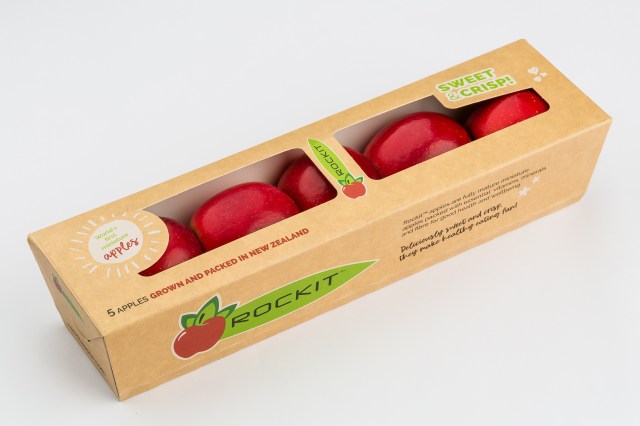
In a bid to achieve its sustainability goals by 2025, Nestlé Japan will soon do away with plastic KitKat packaging, replacing them with paper wrappers that can be used for origami.
The new paper packaging will be used to convert the outer bag packaging of five KitKat multipack products in Japan, including the KitKat Mini Original packaging and its Otona no Amasa (adult sweetness) flavours.
The wrappers will no longer come in the glossy, plastic versions but instead, a new-look matte paper packaging.
And to drive uptake and interest, the company is encouraging consumers to reuse the paper packaging to make origami cranes, which they can then give to family and friends with a written message.
The company’s commitment to using 100 per cent recyclable and reusable packaging by 2025, which it announced in April 2018, is the reason for the plastic packaging overhaul.
Nestlé Japan said that switching from plastic to paper packaging will see the company save about 418 tonnes of plastic every year.
The initial paper-wrapped KitKats will be sold in Japan from late September.
Nestlé Japan plans to convert the outer packaging of its multipack KitKat products to paper packaging in September 2020, and move to single-layer packaging for its individually wrapped KitKat products in 2021.
Nestlé has mentioned that it hopes to soon expand reusing and recycling to other products in its range.
“While Nestlé Japan’s initiatives to achieve a sustainable future will begin with its leading KitKat products, it is also exploring opportunities to expand the scope of the new packaging to other brands and products,” it said, in a statement.
“Nestlé Japan is also actively exploring materials that can further reduce the burden on the environment in the future.”
It is unknown if the strategy will be deployed on a global scale.
Most recently, Nestlé unveiled a recyclable paper wrapper for its Yes! snack bar, becoming the first brand in a market that traditionally uses plastic wrappers to implement such a strategy.
The company said the technology was developed at its confectionery research and development centre in York, UK, and has since launched in 13 countries.


